Abstract
Statement of problem
Bioactive materials must have the ability to spontaneously form a bone like apatite layer on their surface and induce direct biochemical bonding to bone. A simple chemical treatment via alkali and heat has been revealed to induce bioactivity in titanium.
Purpose
The purpose of this study was to evaluate the surface characteristics and stability of alkali and heat treated implants.
Material and methods
Specimens were divided into three groups; group 1 was the control group with machined surface implants, groups 2 and 3 were treated with alkali solutions and heat treated in the atmosphere and vacuum conditions respectively. The surface characteristics were observed with FESEM, XPS, TF-XRD and AFM. Stability was evaluated with the resonance frequency analysis, periotest and removal torque values. One-way ANOVA and Duncan test were used for statistical analysis.
Results
1. Groups treated with alkali and heat showed similar characteristics. Groups 2 and 3 showed high compositions of Na ions on the surface with sub-micron sized pores compared to group 1. Group 2 showed mixed compositions of anatase and rutile with superior contents of rutile. 2. Resonance frequency analysis : The ISQ of group 2 showed significantly higher values than that of groups 1 and 3 at 12 weeks. The ISQ of groups 1 and 2 showed significant increase after 4 weeks, and the ISQ of group 3 increased significantly after 2 and 4 weeks respectively (P < .05). 3. Periotest: The PTV of groups 1 and 2 showed significant decrease after 4 weeks, and the PTV of group 3 showed significant decrease after 2 and 4 weeks respectively (P < .05). 4. Removal torque analysis: The removal torque value of group 2 was significantly higher than those of groups 1 and 3 at 2, 4 and 8 weeks. The removal torque values of groups 1 and 3 showed increase at 4 and 12 weeks, but the removal torque value of group 2 showed increase after 4 weeks (P < .05).
Conclusion
An oxide layer with appropriate crystal structure and amorphous sodium titanate layer can be obtained on titanium implants through alkali and heat treatment in the atmosphere, and even alkali and heat treatment in vacuum conditions, provided a bioactive surface containing sodium. These surface layers can be considered to be effective for enhancement of osseointegration and reduction of healing period for implant treatment. (J Kor Acad Prosthodont 2008;46:490-9).
Go to : 
REFERENCES
1.Darvell BW., Samman N., Luk WK., Clark RK., Tideman H. Contamination of titanium castings by aluminum oxide blasting. J Dent. 1995. 23:319–22.
2.Kim HM., Miyaji F., Kokubo T., Nakamura T. Effect of heat treatment on apatite forming ability induced by alkali treatment. J Mater Sci Mater Med. 1997. 8:341–7.
3.Kim HW., Kim HE., Salih V., Knowles JC. Sol-gel modified titanium with thin hydroxyapatite thin films and effect on osteoblast-like cell responses. J Biomed Mater Res. 2005. 74:294–305.
4.Kokubo T., Kim HM., Kawashita M., Nakamura T. Bioactive metals: preparation and properties. J Mater Sci Mater Med. 2004. 15:99–107.
5.Kokubo T., Miyaji F., Kim HM., Nakamura T. Spontaneous formation of bone like apatite layer on chemically treated titanium metals. J Am Ceram Soc. 1996. 79:1127–9.
6.Wang C., Wang M., Zhou X. Nucleation and growth of apatite on chenically treated titanium alloy: an electrochemical impedence spectroscopy study. Biomaterials. 2003. 24:3069–77.
8.Chosa N., Taira M., Saitoh S., Sato N., Araki Y. Characterization of apatite formed on alkaline-heat- treated Ti. J Dent Res. 2004. 83:465–9.
9.Nishiguchi S., Nakamura T., Kobayashi M., Kim HM., Miyaji F., Kokubo T. The effect of heat treatment on bone bonding of alkali treated titanium. Biomaterials. 1999. 20:491–500.
10.Sul YT., Byon ES., Jeong Y. Biochemical measurements of calcium-incorporated oxidized implants in rabbit bone: effect of calcium surface chemistry of a novel implant. Clin Implant Dent Relat Res. 2004. 6:101–10.
11.Ishizawa H., Ogino M. Characterization of thin hydroxyapatite layers formed on anodic titanium oxide films containing Ca and P by hydrothermal treatment. J Biomed Mater Res. 1995. 29:1071–9.

12.Lim JB., Cho IH. A study on the surface characteristics and stability of implants treated with anodic oxidation and fluoride incorporation. Ph.D Thesis in. 2005. College of Dentistry, Dankook University, Korea.
13.Ellingsen JE. Pre-treatment of titanium implants with fluoride improves their retention in bone. J Mater Sci Mater Med. 1995. 6:749–53.

14.Sul YT., Johansson CB., Albrektsson T. Which surface properties enhance bone response to implants? Comparison of oxidized magnesium, TiUnite, and Osseotite implant surfaces. Int J Prosthodont. 2006. 19:319–29.
15.Jonasova L., Muller FA., Helebrant A., Strnad J., Greil P. Hydroxyapatite formation on alkali-treated titanium with different content of Na+ in the surface layer. Biomaterials. 2003. 23:3095–101.

16.Maitz MF., Poon RW., Liu XY., Pham MT., Chu PK. Bioactivity of titanium following sodium plasma immersion ion implantation and deposition. Biomaterials. 2005. 26:5465–73.

17.Yang B., Uchida M., Kim HM., Zhang X., Kokubo T. Preparation of bioactive metal via anodic oxidation treatment. Biomaterials. 2004. 25:1003–10.
18.Lim YJ. Effects of heat treatment on the surface characteristics of titanium for implant. 2004. College of Dentistry, Seoul National University, Ph. D thesis.
19.Kern T., Yang Y., Glover R., Ong JL. Effect of heat treated titanium surfaces on protein adsorption and osteoblast precursor cell initial attachment. Implant Dent. 2005. 14:70–6.
20.Goransson A., Jansson E., Tengvall P., Wennerberg A. Bone formation after 4 weeks around blood-plasma-modified titanium implants with varying surface topographies: an in vivo study. Biomaterials. 2003. 24:197–205.
21.Sul YT., Johansson CB., Jeong Y., Roser K., Wennerberg A., Albrektsson T. Oxidized implants and their influence on the bone response. J Mater Sci Mater Med. 2001. 12:1025–31.
22.Sul YT., Johansson C., Wennerberg A., Cho LR., Chang BS., Albrektsson T. Optimal surface properties of oxidized implants for reinforcement of osseointegration: surface chemistry, oxide thickness, porosity, roughness, and crystal structure. Int J Oral Maxillofac Implants. 2005. 20:349–59.
23.Lausmaa J. Multi-technique surface characterization of oxide film of electropolished and anodically oxidized titanium. Appl Surface Sci. 1990. 45:189–200.
Go to : 




 PDF
PDF ePub
ePub Citation
Citation Print
Print


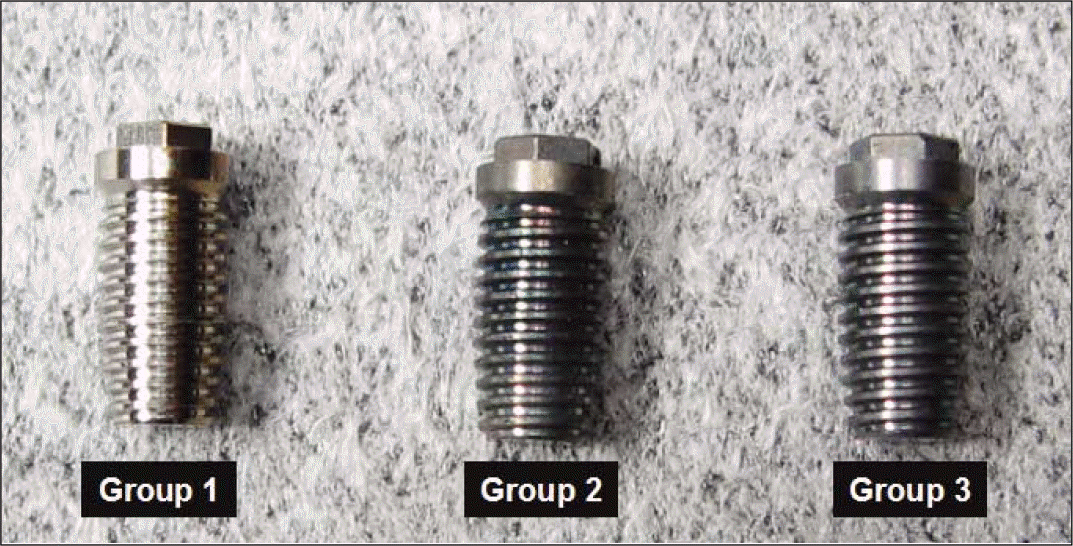
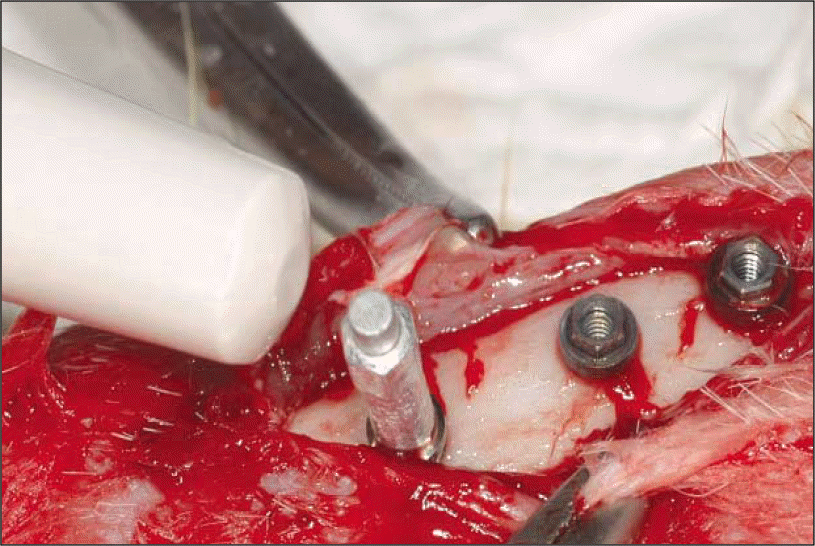
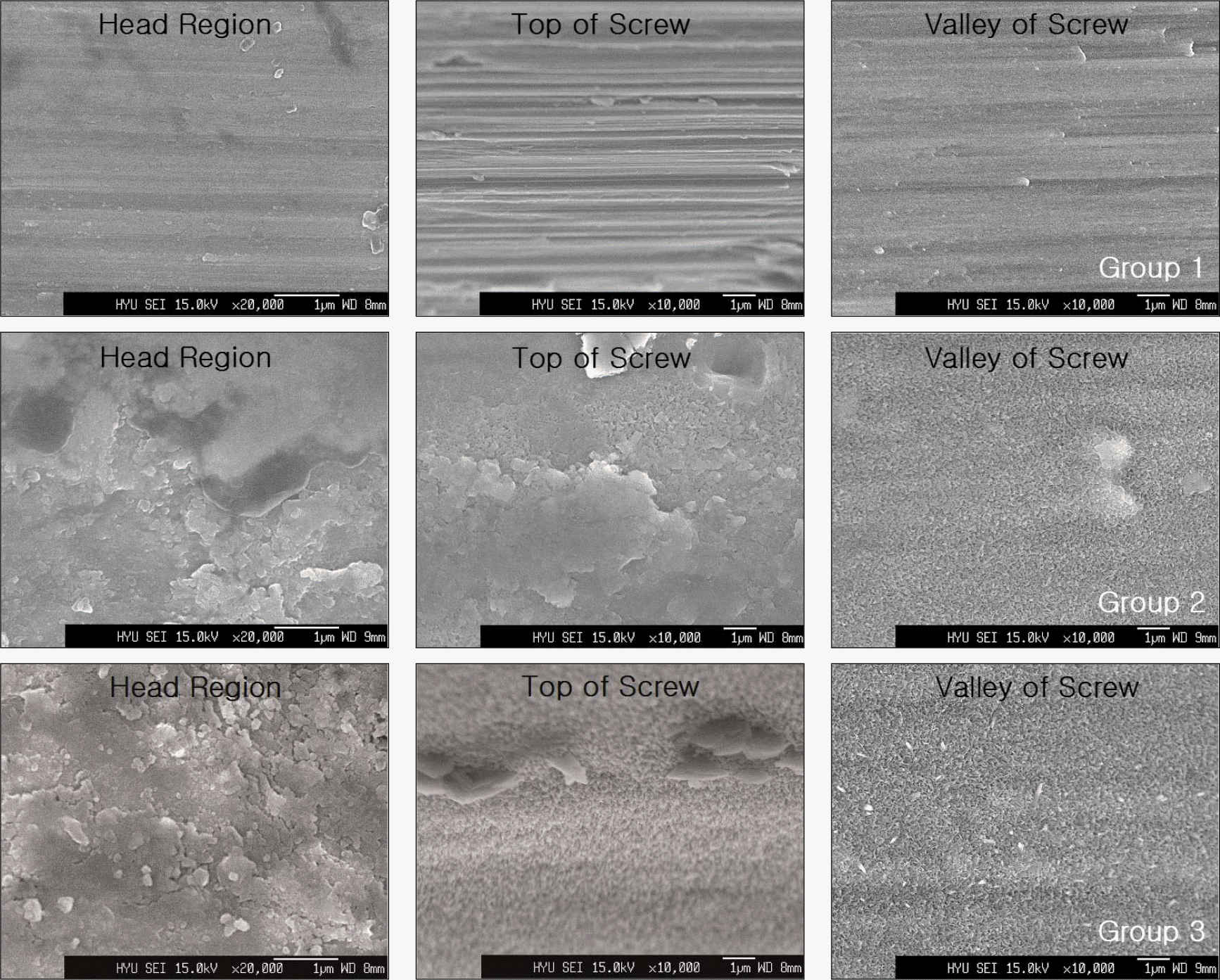
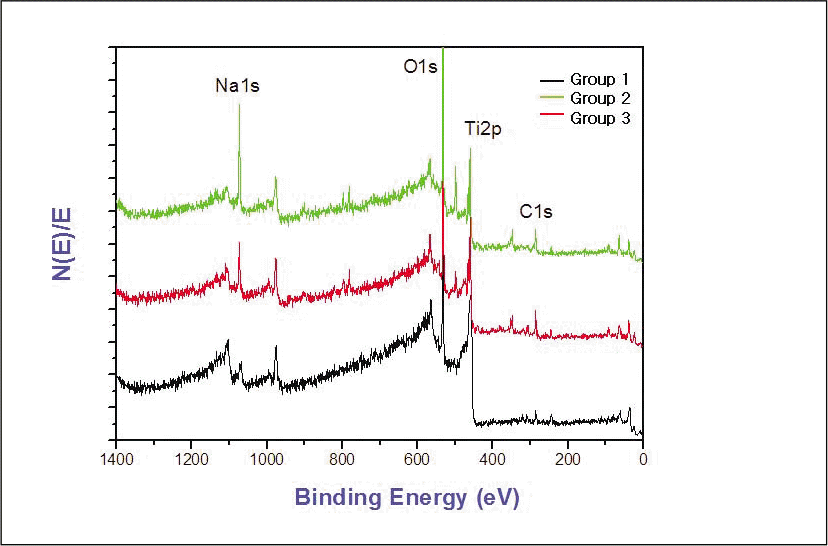
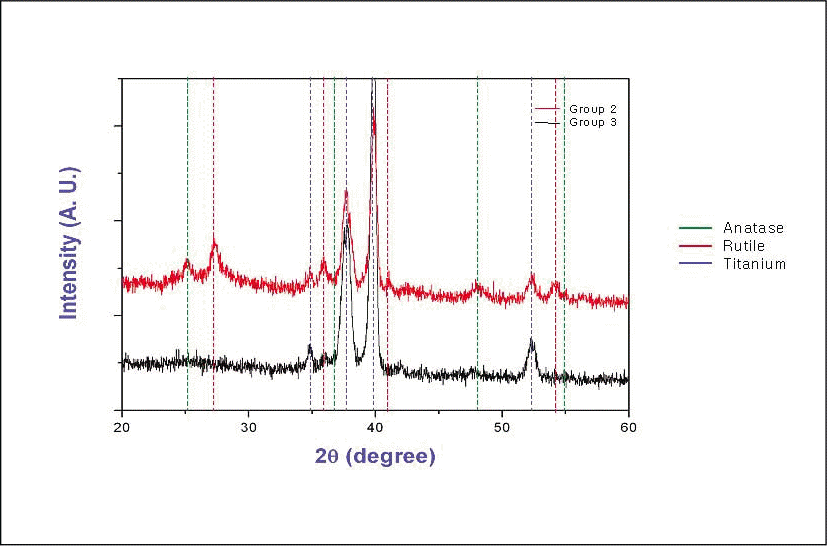

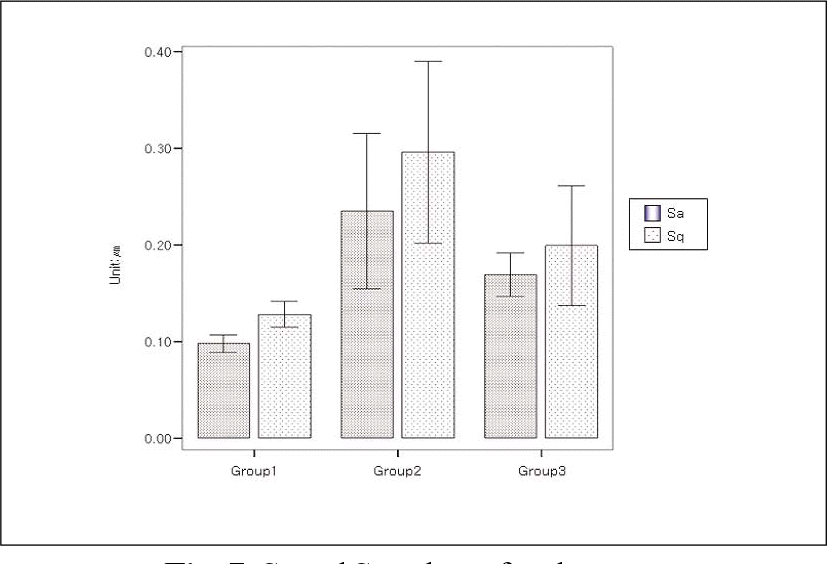
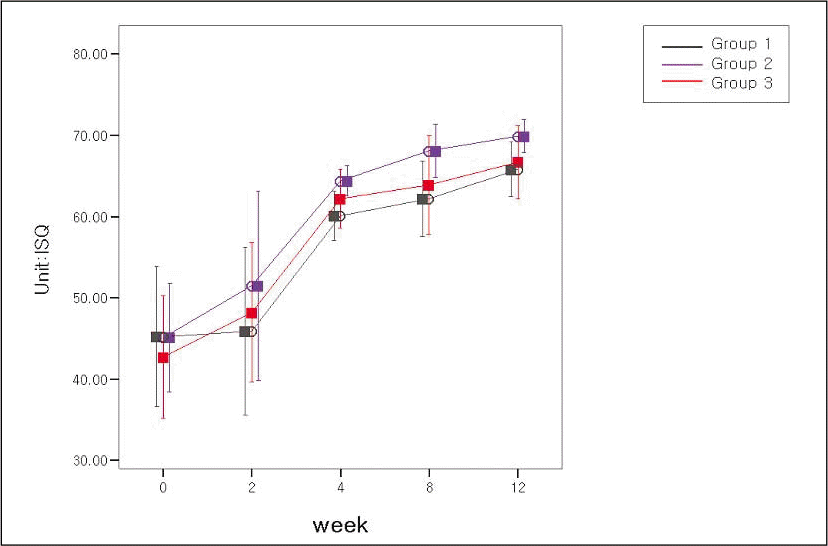

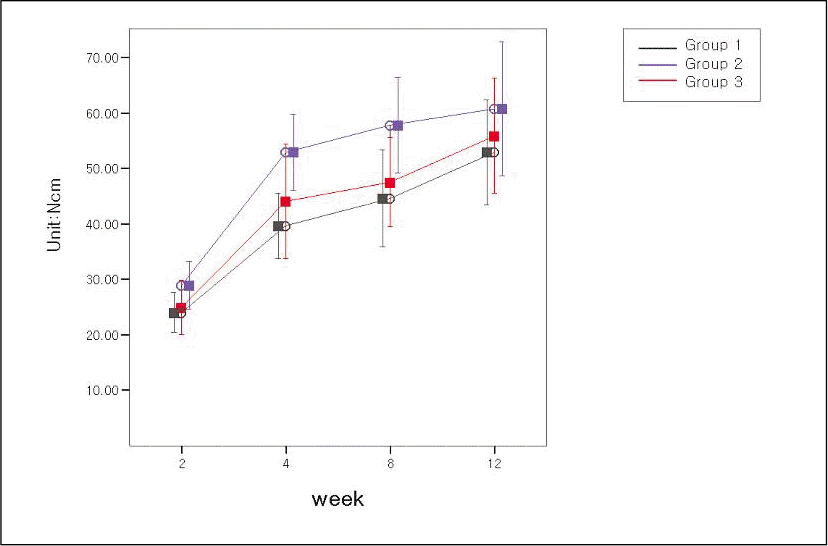
 XML Download
XML Download